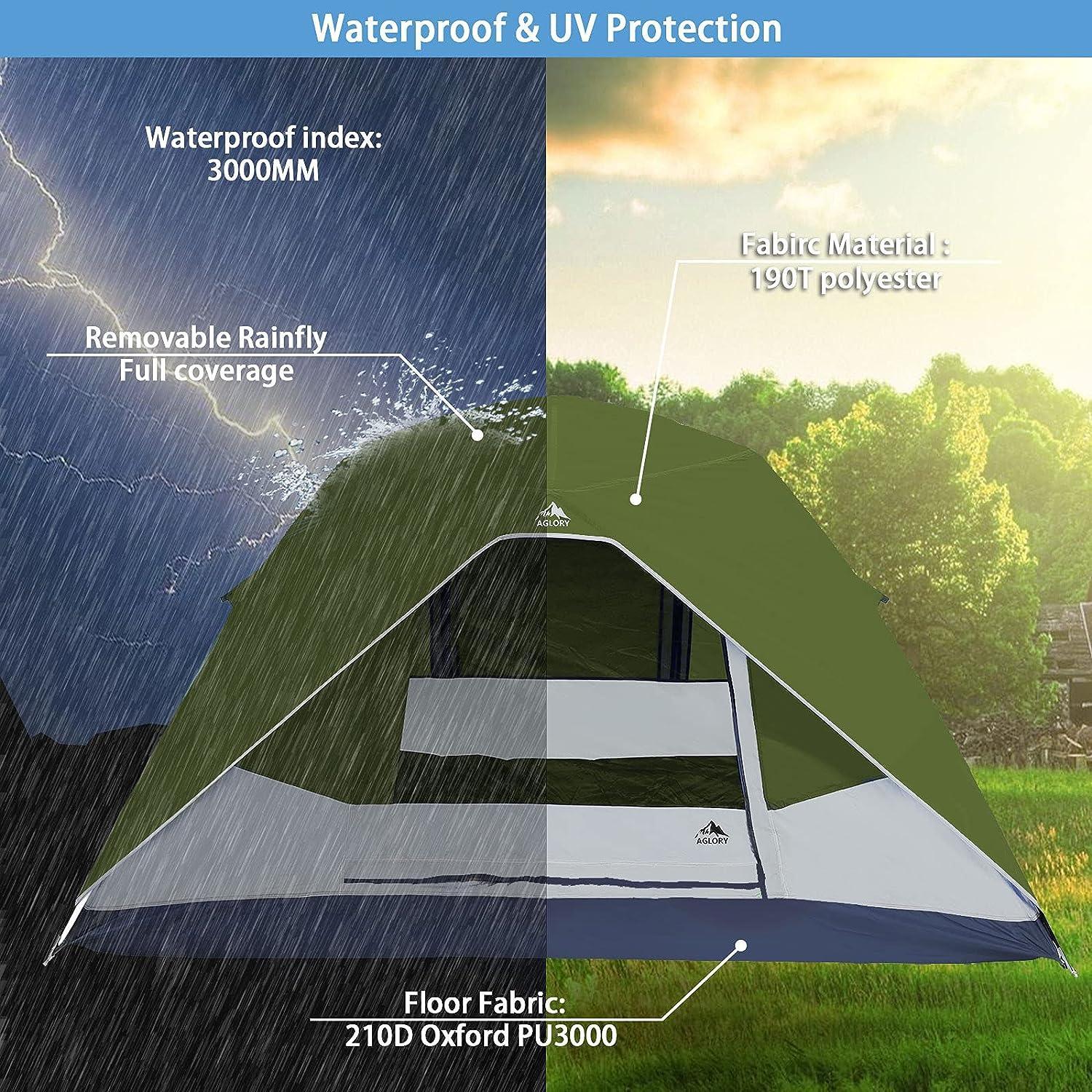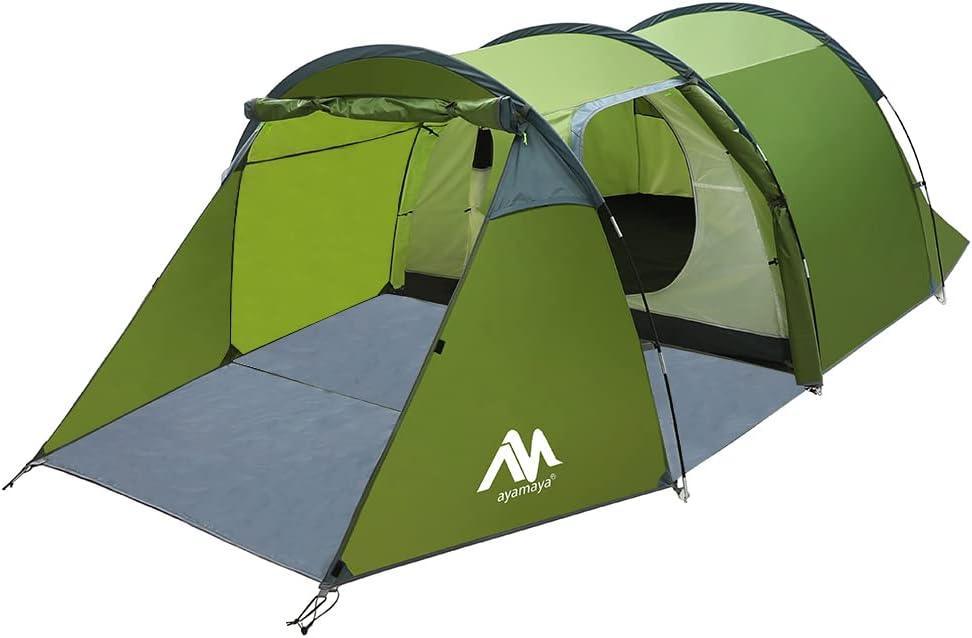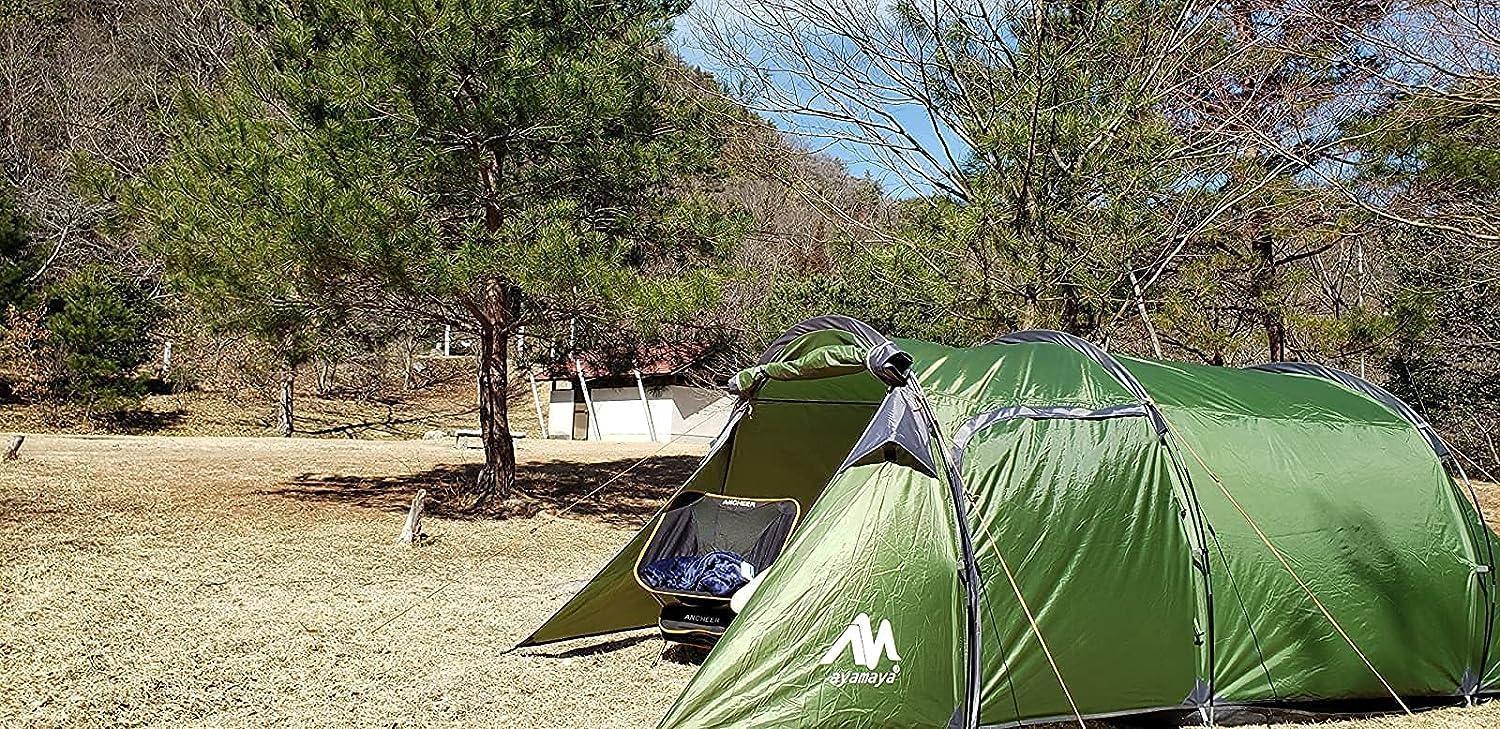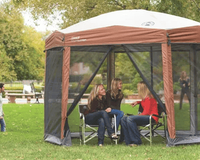The allure of the great outdoors, the thrill of adventure, and the serenity of nature – all these and more are captured in the concept of wild camping. Imagine setting up camp in the heart of unspoiled landscapes, away from the hustle and bustle of civilization. This guide will delve into the world of wild camping, exploring what it entails, is wild camping legal, the best places to engage in this activity in the UK, essential tips, safety considerations, and the gear you'll need to make the most of your wild camping experience.

What Is Wild Camping?

Wild camping, also known as primitive camping, is an outdoor recreational activity where individuals set up temporary camps in natural environments, away from established campgrounds or developed areas. It involves camping in the wilderness, often in remote and secluded locations, and relies on minimal equipment and resources. Wild camping is an opportunity to immerse oneself in nature, experience solitude, and connect with the outdoors on a deeper level.
Is Wild Camping Legal?
Wild camping in the UK is subject to varying legal regulations depending on the country and specific areas within those countries. Here's a breakdown of the legal status of wild camping in different parts of the UK:
England:
In England, wild camping is generally not legally allowed on most private land without the landowner's permission. Public rights of way and access to certain areas might not grant you the right to camp. While there are exceptions like Dartmoor National Park (though this has changed recently), seeking permission from landowners or using established campsites is the recommended approach.
Wales:
Wild camping rules in Wales are similar to those in England. Permission from landowners is usually required for camping on private land. In areas like Snowdonia National Park and the Brecon Beacons, where much of the land is privately owned, contacting landowners or using designated campsites is important.
Scotland:
In Scotland, wild camping is generally allowed on most unenclosed land under the Land Reform (Scotland) Act 2003. This law grants individuals the right to responsibly camp in the outdoors. However, there are exceptions, and areas like Loch Lomond & The Trossachs National Park have introduced wild camping bylaws that require camping permits.
It's important to research and understand the specific regulations for the area you intend to camp in. While wild camping might be permitted in certain regions, it's essential to adhere to local guidelines, respect the environment, and practice responsible camping behavior. Always prioritize safety, respect for the land, and following Leave No Trace principles to ensure a positive outdoor experience for yourself and others.
5 Best Places for Wild Camping in the UK
When it comes to wild campsite in the UK, there are 5 best places that offer breathtaking vistas and a sense of remoteness that's perfect for this type of adventure:
1. The Isle of Skye, Scotland:

With its stunning landscapes, the Isle of Skye offers memorable wild camping experiences. Quiraing and Camasunary are popular spots that provide breathtaking views and tranquility.
2. The Cairngorms, Scotland:

The Cairngorms National Park covers a vast area and offers diverse terrain for wild camping. Glen Feshie stands out with its beautiful mountain vistas and waterfalls.
3. Loch Lomond and the Trossachs, Scotland:

While certain areas require permits, Loch Lomond and the Trossachs National Park offers opportunities for responsible wild camping, allowing campers to enjoy the park's stunning streams, peaks, and lochs.
4. Snowdonia, Wales:

Snowdonia National Park's mountainous landscape is perfect for those seeking adventure. The Carneddau range is a notable wild camping spot, offering a mix of heather, grass, and breathtaking scenery.
5. Dartmoor National Park, England:

Certain designated areas within Dartmoor National Park allow for legal wild camping. Riddon Ridge and Bellever are popular choices, but campers must follow responsible camping practices to protect the environment.
Remember that when wild camping, it's important to adhere to local regulations, respect the environment, and follow responsible camping practices to ensure the preservation of these natural landscapes.
Tips for Wild Camping
Here are some valuable wild camping tips for a successful and enjoyable camping experience:
1. Research Regulations:
Before you head out, research the specific regulations and rules for wild camping in the area you plan to visit. Different regions and parks may have varying rules about where and when you can camp.
2. Choose a Suitable Location:
Select a campsite that is in line with local guidelines. Opt for durable surfaces like established campsites or areas with sparse vegetation to minimize your impact on the environment.
3. Check the Weather:
Be prepared for changing weather conditions. Check the forecast and bring appropriate clothing, gear, and shelter to stay comfortable in various weather scenarios.
4. Leave No Trace:
Practice "Leave No Trace" principles by packing out everything you bring with you, including trash. Leave the area as you found it to preserve the environment for others.
5. Minimize Campfire Impact:
In areas where campfires are allowed, keep fires small and use established fire rings or fire pans. Use a stove for cooking instead of building an open fire.
6. Respect Wildlife:
Observe wildlife from a distance and avoid feeding them. Store food securely to prevent attracting animals to your campsite.
7. Pack Light and Efficiently:
Keep your gear lightweight and essential. Pack only what you need to reduce the load you carry and make the experience more enjoyable.
8. Set Up Camp Late, Leave Early:
Arrive at your campsite late in the day and leave early in the morning to minimize your impact on the environment and avoid disturbing wildlife.
9. Stay Quiet:
Keep noise levels down to respect the tranquility of the natural surroundings and prevent disturbing wildlife or other campers.
10. Be Prepared for Emergencies:
Carry a first aid kit, map, compass or GPS, and know basic wilderness survival skills. Let someone know your plans before heading out.
Remember, the goal of wild camping is to enjoy the beauty of nature while minimizing your impact on the environment and respecting the land and its inhabitants. By following these tips, you can have a safe, enjoyable, and environmentally-conscious camping experience.
Essential Gears for Wild Camping
As you venture into the wilderness, preparedness becomes the cornerstone of ensuring a memorable experience. To that end, we've compiled a wild camping gear checklist that you should carefully consider bringing along:
- Tent or Shelter: A reliable camping tent or shelter is essential to protect you from the elements and provide a comfortable place to sleep. Choose a lightweight and weather-resistant option.
- Sleeping Bag and Mat: A warm and appropriate sleeping bag is crucial for a good night's sleep. Pair it with an insulating sleeping mat to provide cushioning and insulation from the cold ground.
- Cooking Equipment: A portable stove, fuel, cookware, and utensils are necessary for preparing meals. Choose lightweight and compact options to minimize space and weight.
- Food and Water: Pack enough food for your trip, opting for lightweight and non-perishable options. Carry a sufficient amount of water or a water filtration system to ensure you stay hydrated.
- Weather-Appropriate Clothing: Be prepared for changing weather conditions by packing items like a hat, gloves, rain jacket, and warm layers. Dress in layers to regulate body temperature. Include moisture-wicking base layers, insulating mid-layers, and a waterproof outer layer to stay warm and dry.
- Footwear: Choose comfortable and durable hiking boots or shoes appropriate for the terrain. Bring extra socks to keep your feet dry and prevent blisters.
- Navigation Tools: Carry a map, compass, or GPS device to navigate your surroundings and prevent getting lost. Familiarize yourself with the area's topography before heading out.
- Headlamp or Flashlight: Essential for visibility in low light conditions or during nighttime activities. Bring extra batteries to ensure your light source remains functional.
- First Aid Kit: Pack a basic first aid kit with essentials like bandages, antiseptic wipes, pain relievers, and any personal medications you may need.
- Multi-tool or Knife: A versatile tool or knife can be useful for various tasks, such as preparing food, repairing gear, or creating makeshift tools.
- Trash Bags: Carry out all of your trash to practice Leave No Trace principles and keep the environment clean.
- Backpack: Choose a backpack that can comfortably hold all your gear while distributing weight evenly on your back.
Remember that your gear should be appropriate for the specific environment, weather conditions, and duration of your trip. Prioritize quality and functionality while also considering the weight and size of your gear to ensure a comfortable and enjoyable wild camping experience in tents.
Conclusion
Wild camping offers an unparalleled chance to immerse oneself in nature, to step off the beaten path and embrace the unknown. From the Isle of Skye to Dartmoor National Park, the UK boasts landscapes that beckon adventurers to explore. By understanding the legalities, respecting the environment, and being well-prepared, you can embark on a wild camping journey that leaves you with lasting memories and a profound connection to the natural world.


















